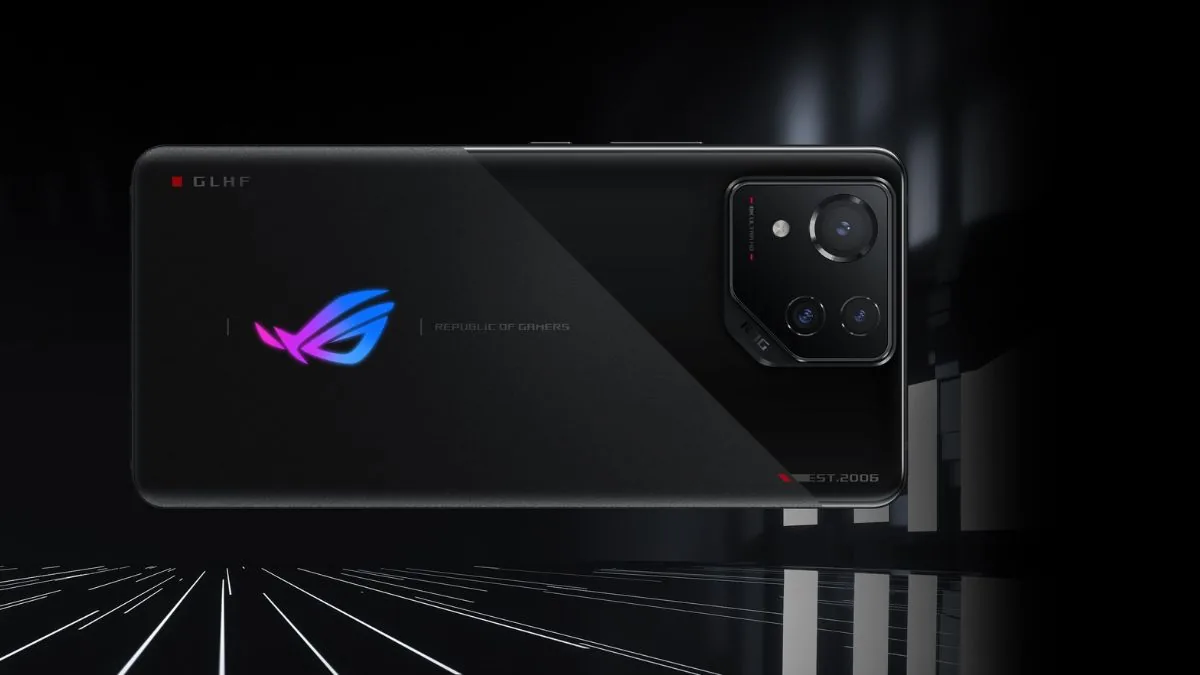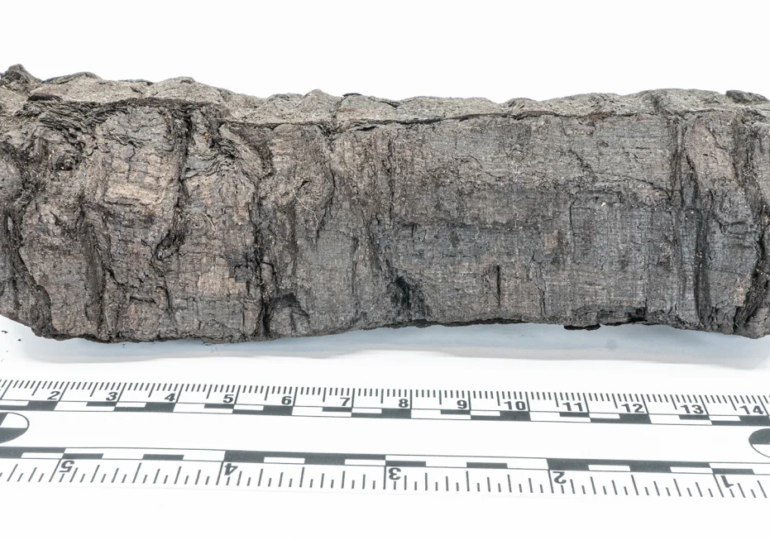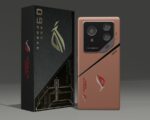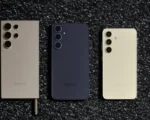Game On: Asus Unveils ROG Phone 8 Pro and ROG Phone 8 Featuring Snapdragon 8 Gen 3 SoC – Dive into the Price and Specifications

Power Play: Massive 5,500mAh Batteries Fueling the Asus ROG Phone 8 Pro and ROG Phone 8
Unveiled at CES 2024, the Asus ROG Phone 8 Pro and ROG Phone 8 mark the latest addition to the company’s gaming smartphone lineup. Fueled by Qualcomm’s cutting-edge Snapdragon 8 Gen 3 chipset, these devices come with an IP68 rating, ensuring resilience against splashes and dust. The ROG Phone 8 series showcases vibrant AMOLED displays boasting an impressive 165Hz refresh rate, complemented by robust 50-megapixel triple cameras on the rear. One notable feature is the substantial 5,500mAh battery packed into both the ROG Phone 8 Pro and ROG Phone 8, promising extended gaming sessions without compromise.
Asus ROG Phone 8 Pro, ROG Phone 8 price, availability
For those eager to grab these gaming powerhouses, the pricing details have been unveiled. The Asus ROG Phone 8 is available at $1,099 (approximately Rs. 91,000) for the 16GB + 256GB variant. Meanwhile, the ROG Phone 8 Pro comes with a price tag of $1,199 (roughly Rs. 99,000) for the 16GB + 512GB model and $1,499 (approximately Rs. 1,24,000) for the 24GB + 1TB variant. Color options include Phantom Black and Rebel Grey for the ROG Phone 8, while the ROG Phone 8 Pro is offered in a sleek Phantom Black shade. As for the global availability and pricing in other markets, Asus is yet to unveil those details, keeping enthusiasts on the edge of their seats.
Asus ROG Phone 8 Pro, ROG Phone 8 specifications
The dual-SIM (Nano) Asus ROG Phone 8 series runs on Android 14-based ROG UI and features a 6.78-inch full-HD+ (1,080×2,400 pixels) Samsung AMOLED LTPO display with up to 165Hz refresh rate, HDR10 support, 720Hz touch sampling rate, and 2,500 nits peak brightness. The screens have Corning Gorilla Glass Victus 2 protection and 107 percent coverage of the DCI-P3 colour gamut. The displays also include always-on support. Under the hood, the ROG Phone 8 family has the Qualcomm Snapdragon 8 Gen 3 SoC.
The Asus ROG Phone 8 Pro packs up to 24GB of LPDDR5X RAM and up to 1TB of UFS4.0 storage. The vanilla Asus ROG Phone 8 carries a maximum of 16GB LPDDR5X RAM and 256GB UFS4.0 storage.
For photos and videos, the ROG Phone 8 Pro and ROG Phone 8 have a triple rear camera setup led by a 50-megapixel Sony IMX890 1/1.56-inch primary sensor with an f/1.9 lens and six-axis gimbal stabiliser. The camera units also include a 13-megapixel ultra wide-angle camera with a 120-degree field of view and a 32-megapixel sensor with OIS and 3x optical zoom. For selfies, the Asus ROG Phone 8 series sports a 12-megapixel RGBW camera at the front that is binned down to 8-megapixel with 1.4µm binning.
Connectivity options on the Asus ROG Phone 8 family include 5G, 4G LTE, Wi-Fi 802.11 be/ax/ac/a/b/g/n, Wi-Fi Direct, NFC, Bluetooth 5.3, GPS/ A-GPS/ NavIC, NFC, 3.5mm headphone jack, USB Type-C port. Sensors on board include an accelerometer, ambient light sensor, e-compass, gyroscope, air trigger and a proximity sensor. There is also an in-display Fingerprint sensor for authentication and the devices support face recognition feature.

The Asus ROG Phone 8 series has an IP68-certified build that is dust- and water-resistant. They pack 5,500mAh battery with Qi 1.3 wireless charging and 65W charging. The battery unit is slightly smaller than ROG Phone 7’s 6,000mAh battery. The fast charging technology is claimed to fill the battery from 0 to 100 percent in 39 minutes. The battery is said to last up to 17 hours of Instagram scrolling, or 3.42 hours of games like Genshin Impact.
Asus has packed three microphones on the handsets with support for the company’s in-house Audio Noise Reduction Technology. The handsets include 5-magnet receivers and 5-magnet speakers powered by Dirac Virtuo technology. The Asus ROG Phone 8 and Asus ROG Phone 8 Pro measure 163.8×76.8×8.9mm and weighs 225 grams.
Like the predecessors, the Asus ROG Phone 8 series comes with a snap-on cooling fan — AeroActive Cooler X. It uses an inbuilt thermoelectric cooling chip and a dedicated fan to drop temperatures on the back cover up to 28° C and also features a few buttons to control games.




















